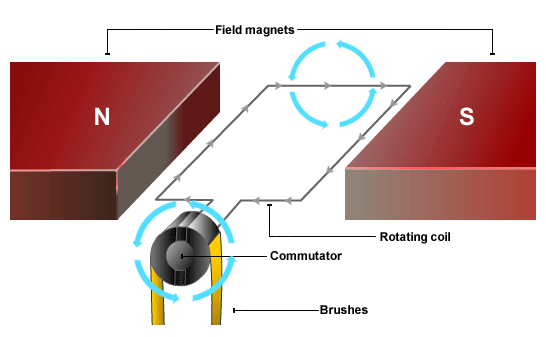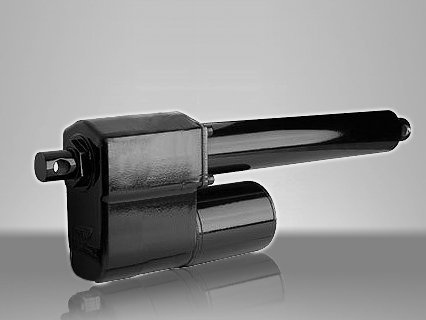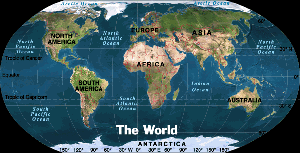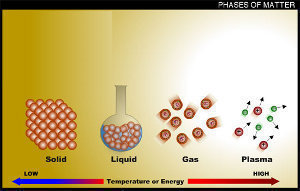As society is trying to slowly ween itself off of oil-dependency, the search for alternative fuels continues. One source of alternative "fuel" that already exists, however, is the electric motor. Electric motors are commonly found in vehicles, toys, and other electronic devices but there is still a campaign to improve the quality and efficiency of the electric motor through innovative contributions. Before the electric motor can be improved, though, people must learn how electric motors work. This article will explain what electric motors do and define the parts that make them work.
What Do Electric Motors Do
Electric motors use electricity and magnets to cause rotation. Two battery leads are connected to metal pieces called brushes that allow electricity to flow into an electromagnet that is connected to the axle. As electricity is passed to the electromagnet, the field magnet attracts and repels the electromagnet which causes the axle to spin. It is this magnetic rotation that allows all mechanical devices to work.
Armature
The armature, or electromagnet, consists of an iron bar that is wrapped in coiled wire. As electricity passes through the armature, the coiled wire creates a magnetic field that interacts with the magnetic field of the field magnet. The direction that the armature spins is entirely dependent on the placement of the battery leads and the field magnet.
If electricity flows from the positive end of the battery lead to the positive end of the field magnet, the field magnet will repel the armature and spin it in one direction; if electricity flows from the positive end of the battery lead to the negative end of the field magnet, the field magnet will attract the armature and spin it in the other direction. While some mechanical devices will allow the user to automatically switch the direction of the battery leads by flipping a switch, such as a power drill, other devices are fixed in a certain direction and would require the user to physically rearrange the battery leads to change the direction of the armature.
Commutator
A commutator refers to two metal plates that are attached to the axle just above the armature that pass electricity to the electromagnet. The commutator can also be used to switch the direction of the electric field so that the electromagnet and axle spin the opposite way.
Field Magnet
The field magnet is just a permanent magnet that is placed near the armature. Depending on the flow of electricity, the field magnet will repel or attract the armature. Either way, the field magnet will cause the armature to spin. The field magnet in an electric motor can be replaced by another electromagnet but permanent magnets are easier to maintain and use less electricity.
Brushes
The brushes of an electric motor are two springy pieces of metal that make contact with the commutator. The brushes are also in direct contact with the battery leads. When electricity flows from the battery to the brushes, it is passed on to the commutator which then passes it on to the electromagnet.
DC Power
DC, or direct current, refers to a type of electricity that does not change polarity. DC power is the most common form of electricity in small mechanical devices, although it is usually derived from AC, or alternating current. Alternating current can be used to power mechanical devices but the device will need to include a rectifier that can convert the AC power into DC power. Each mechanical device will require a different amount of DC power to operate depending on the functions of the device.




Follow Us!